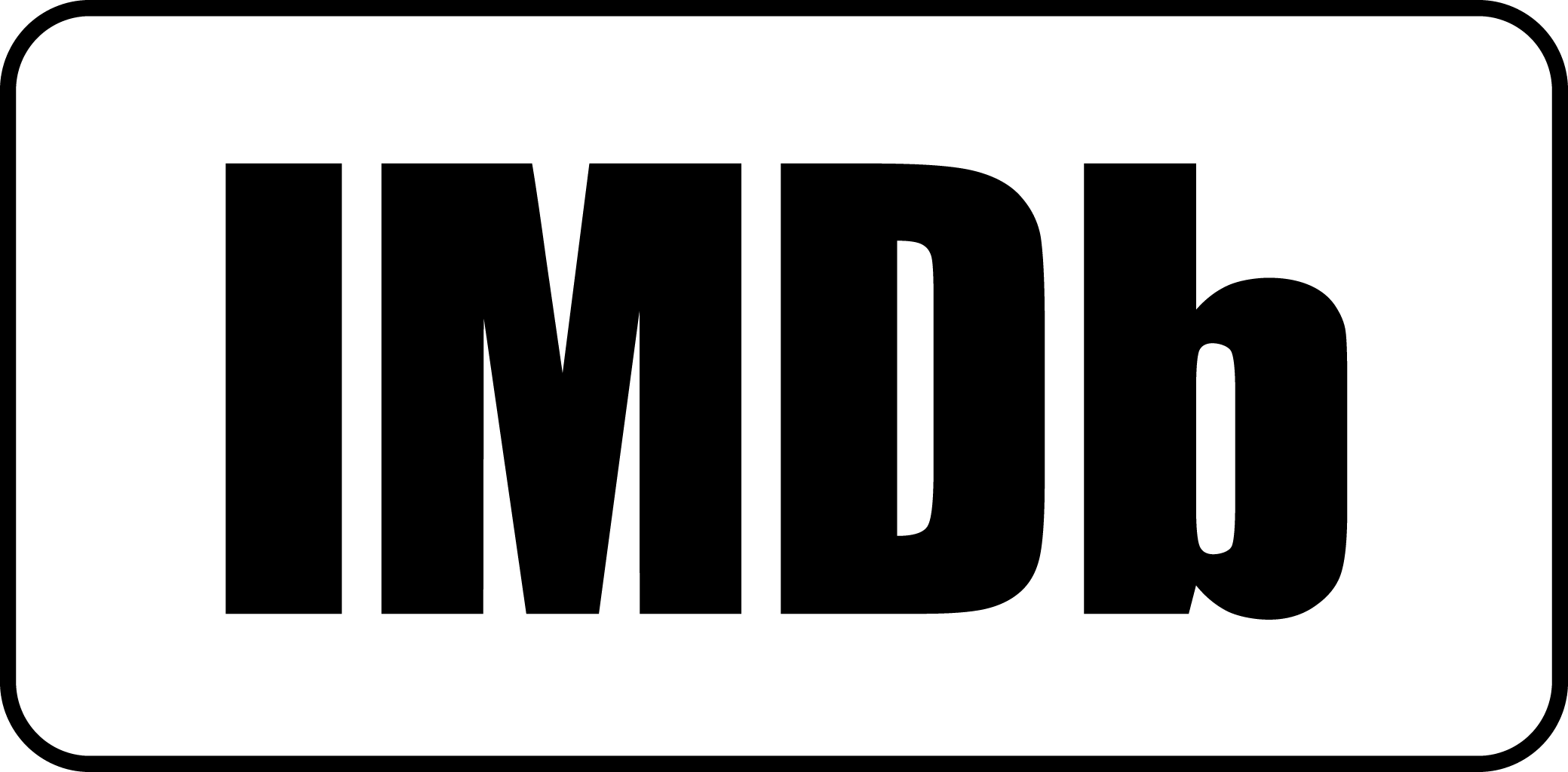Ten years ago, I shot one of my last rolls of film. Digital photography was just too alluring – so inspiring. It offered the thrill of endless shooting, modification and meticulous tweaking. The result was an overwhelming stockpile of digital images I would eventually, one day, okay maybe never get around to retouching and printing. Lazy snapshots buried on phones and shelved digital cameras. It was very disheartening feeling to know the creative form I had specialized in had been neglected if not completely abandoned like all those hard drives full of forgotten images.
The Chromasketch project started as a way to explore my creative process and rekindle the passion I once had for the art. The thrill of searching the world with a curious eye. In May 2015, I decided to go back to the twin-lens Rolleiflex, I learned on, as a teenager. In addition, I’d add some restrictions, or a framework to the process.
I would shoot one roll of slide film each and every week. I’d pocket my phone and pick up the 2 1/4 camera – carrying it with me, almost everywhere I went. No more careless snapping – twelve images a week. And because it was slide film – that meant little to no manipulation once the image was taken.
Each year I would accumulate over 600 images. And before I started, I decided to add one more parameter; a promise to myself, that when I was finished I would share my photographs, in one giant backlit contact sheet exposing the good shots alongside the uninspired, next to the not-so-happy mistakes. No matter what, that camera was coming with me – and the results wouldn’t end up lost on abandoned hard drives.
The early results, were very sobering, but themes and patterns began to emerge, resulting in some images working better as diptychs. While an inspiring exercise – I felt like there was something missing from the process in my first year.
I was motivated, looking for elements that visually caught my attention. Whether it was the subject or the graphic nature of contrasting elements within the frame, I shot these images like you would draw a sketch.
In the second year of shooting, once the technicality of shooting on my old film camera became second nature again, the exercise reached a new level of excitement. I began to realize, what I felt made a powerful impression was juxtaposition. In the first year, it was something that I aspired to, but could only manage to do so by setting two images side by side. When I started to zone in on how to create that juxtaposition within a single frame the process started to become much more focused and inspired.
I became a lot more ruthless about what I would capture and how I would capture it – Pulling my car over in traffic to capture something out of the ordinary. My attraction to juxtaposition as a theme was instinctive more than conscious. It was not enough for a picture to be pretty or well shot, eventually it had to satisfy something bigger – a clash of elements that elevated the image. Contradiction started to emerge as a narrative thread for the project and this would become the next parameter – Capturing images within a single theme that illustrated a dichotomy.
It was this theme that made the process evolve within the second year of shooting. I was now searching and finding frames that reflected the tone that I wanted to create for the project. At times, it was more of a struggle to find contrasting subject matter before the week was over and other times it became a question of not taking a picture because I might sacrifice a frame by shooting a ‘pretty picture’.
These parameters that I self-imposed, created excitement and structure. After all, if I wanted to document something for the hell of it I would have just snapped the shot with my phone. But since the purpose of the project was to show everything, then this structure had to create a methodology. By showing all my photographs, I never wanted to repeat the image, so I would only take one shot. If the subject seemed so captivating that it needed to be explored a little more, I would allow myself to take another frame but only if the angle or perspective on the subject was different from the previous frame.
Having spent a decade in the filmmaking world had changed my way of shooting. Telling stories through movement and camera position is integral to any cinematic story. Oftentimes, a better-looking shot will be trumped for a shot that communicates what needs to be told in the story. Having adapted to this way of thinking, I didn’t realize how dramatically this affected the way I shot still images.
There’s a documentary about Bruce Gilden where he says, “there are two things you don’t do in public – eat lobster and show your contacts.” I’ll avoid his first suggestion.
Accompanying the giant contact sheet are a few select images, I’ve decided to print. The prints were created photo chemically, an increasingly rare process called cibachrome that creates a unique, silver-like quality in the paper. After reflecting on the two years of images, I decided to print 12 – all of which came from my second year of shooting. Although it’s the equivalent of one per month, that was not the case. I found that the images that best reflected what I wanted to communicate were scattered throughout the year. Sometimes multiple images were found on one roll. Was it due to the location? My inspiration or luck? We’ll chalk it up to the mystery of the process.


